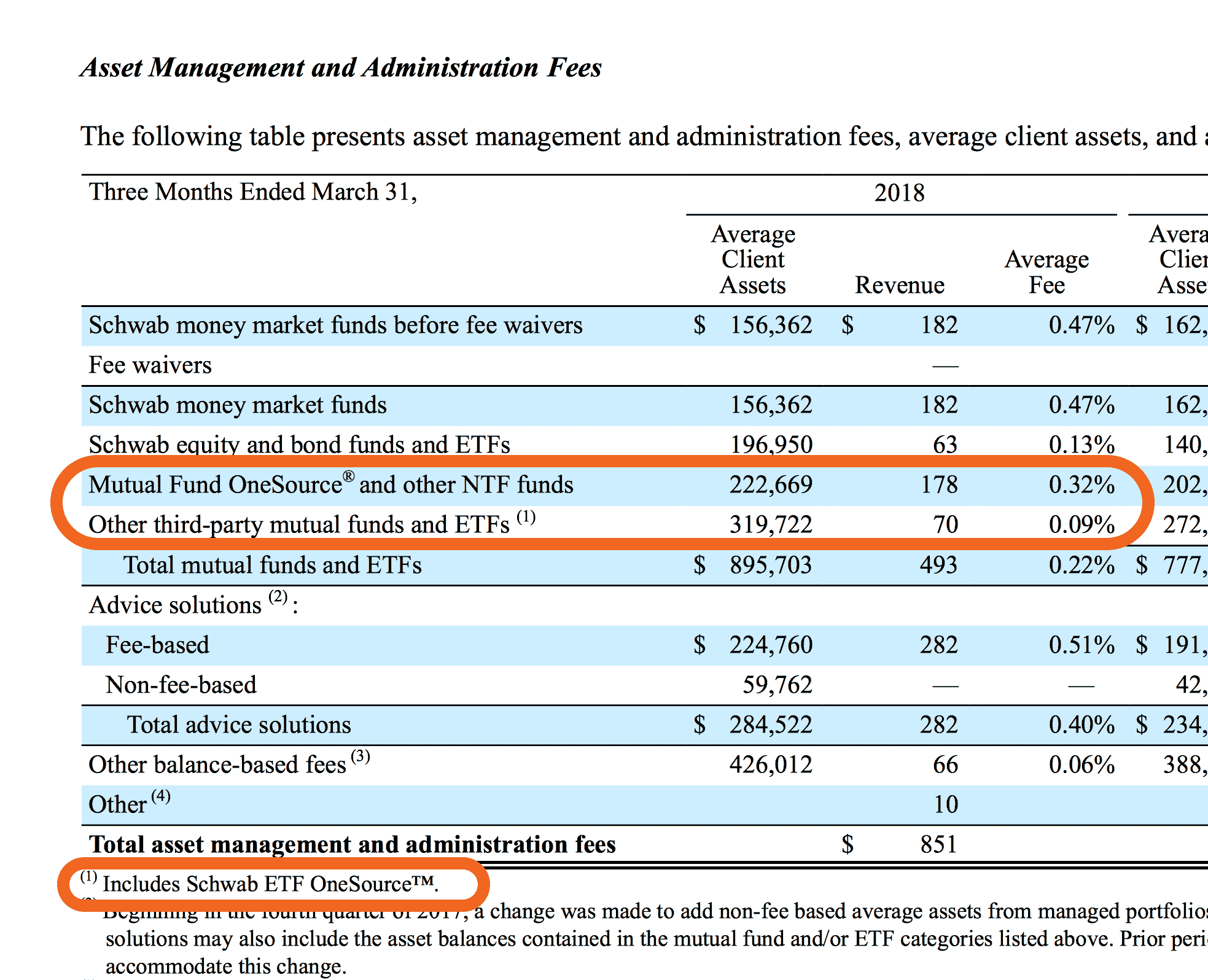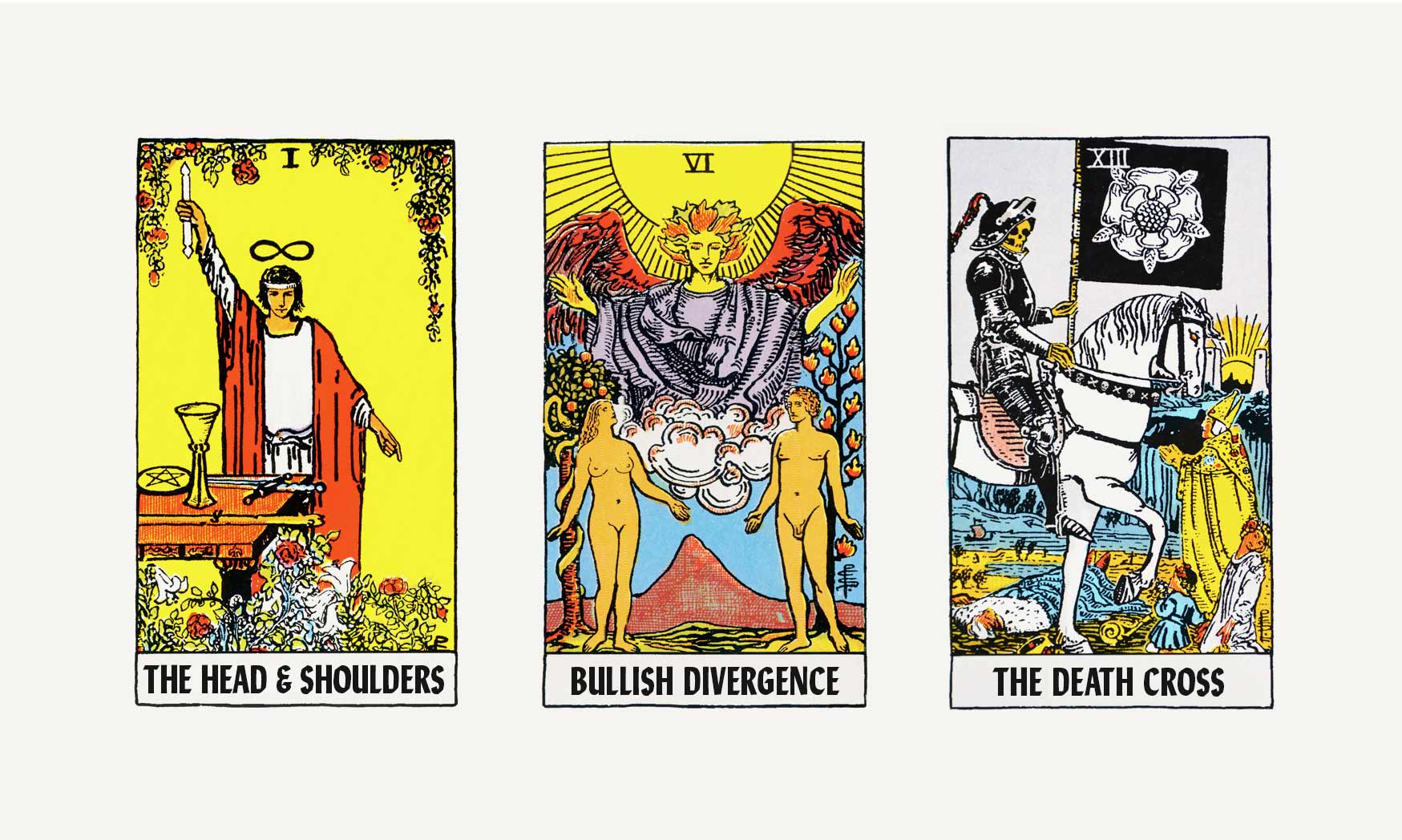The 2019 guide to investing in emerging markets

This might be hard to believe considering the proliferation of free trades today. However, running a brokerage house—e.g. buying, holding and selling securities for customers and doing accounting on that—costs money.
Because of this reality, things that are “free-to-trade” are never truly free. Somebody has to pay for it, and I think people like to imagine that brokerage houses are willingly taking a hit by giving you free trades. What you may not realize, is the person paying for it is often still you.







